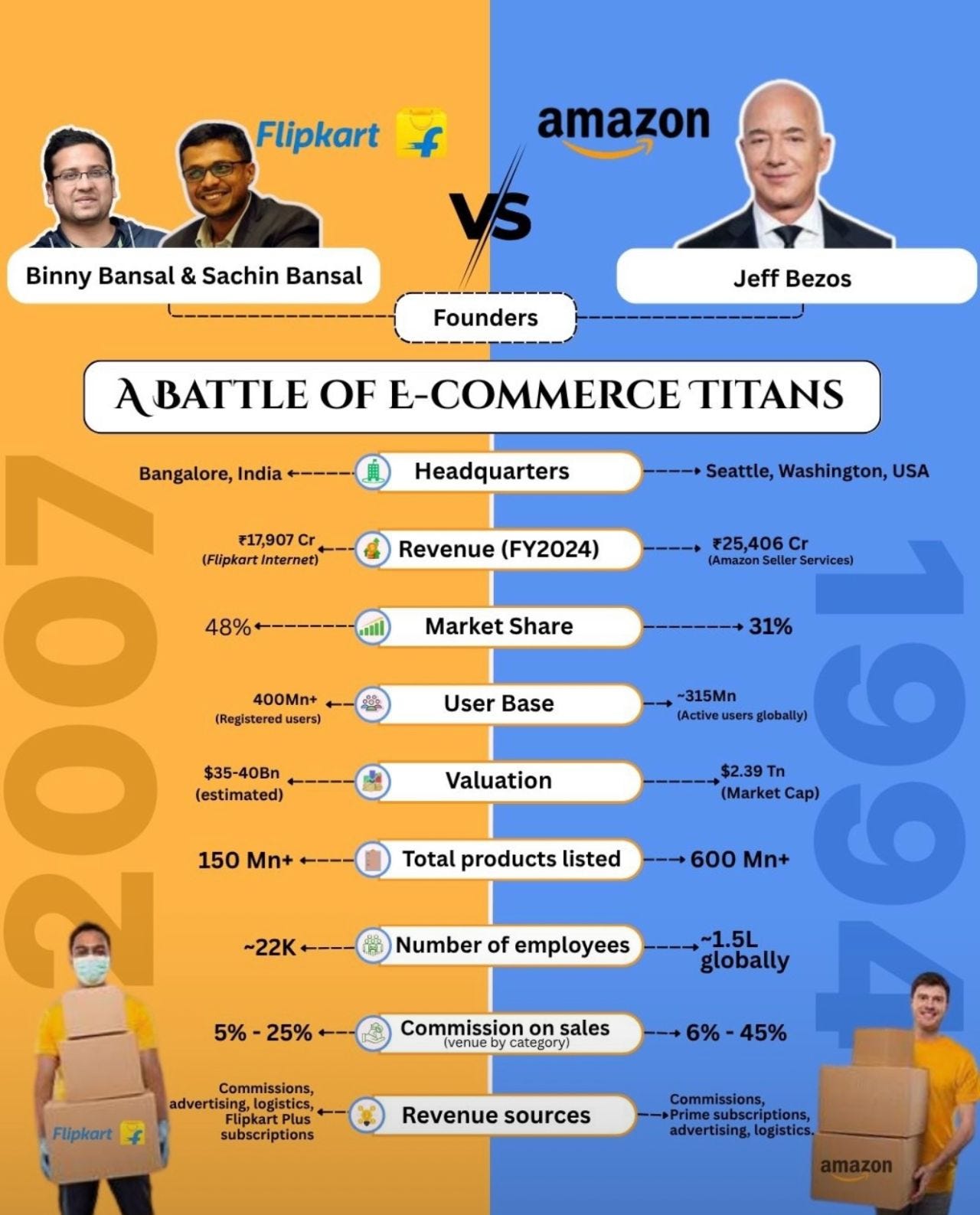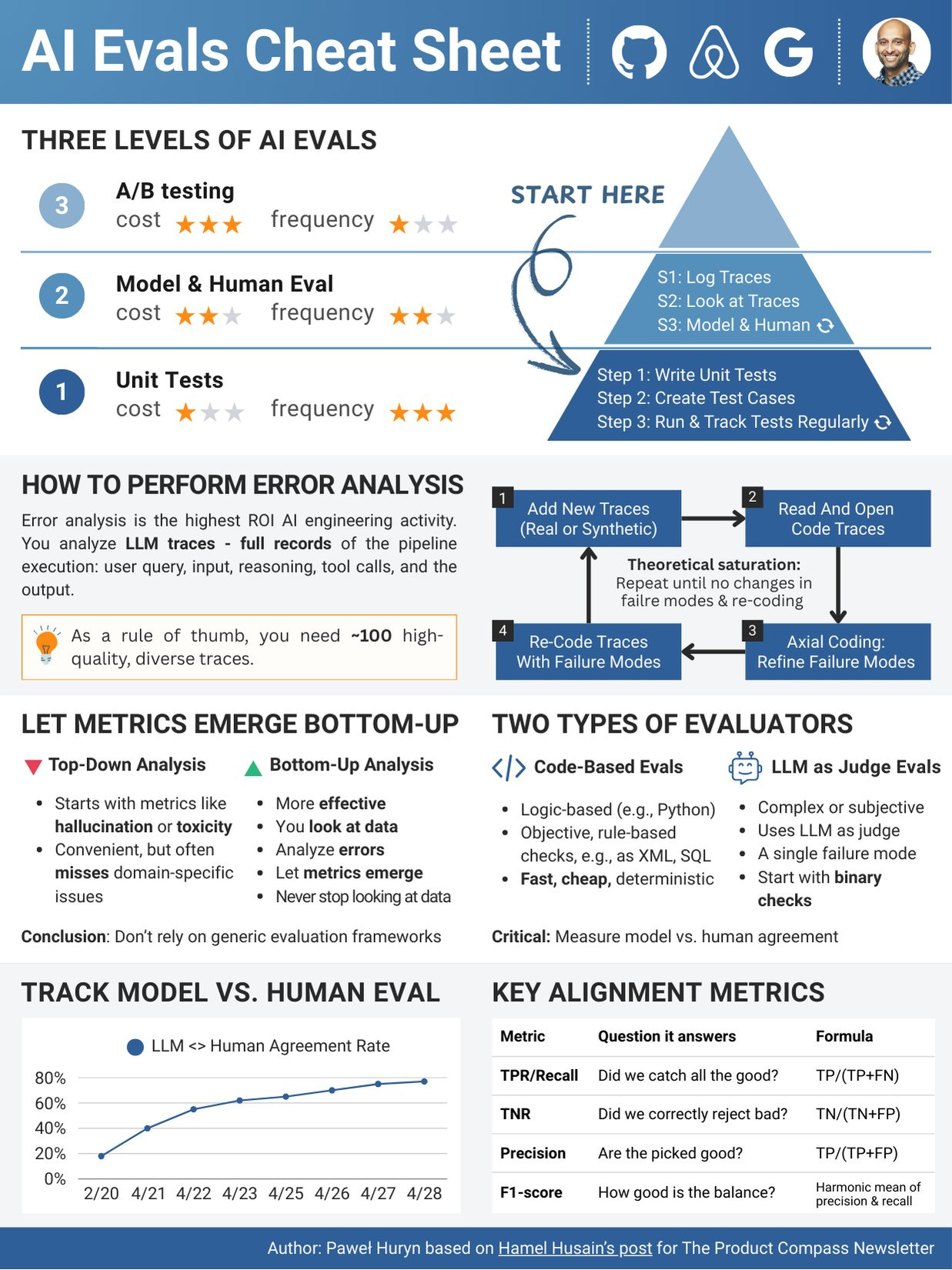Global Digital Marketing & Retail by Alex 105
Inspiration from across the world for retail enthusiasts, e-commerce professionals, marketing lovers and technology fans. Welcome back! I summarized some great links again, I stumbled upon this week.
Goodmorning everyone! First of all I want to thank all new subscribers, quite a lot subscribed lately, thank you for that! And of course also a shout out to all long term subscribers! Thanks a million. Now let’s dive into the news:
🇳🇱 ⏪Amsterdam: retail goes rewind: video store opens in Amsterdam
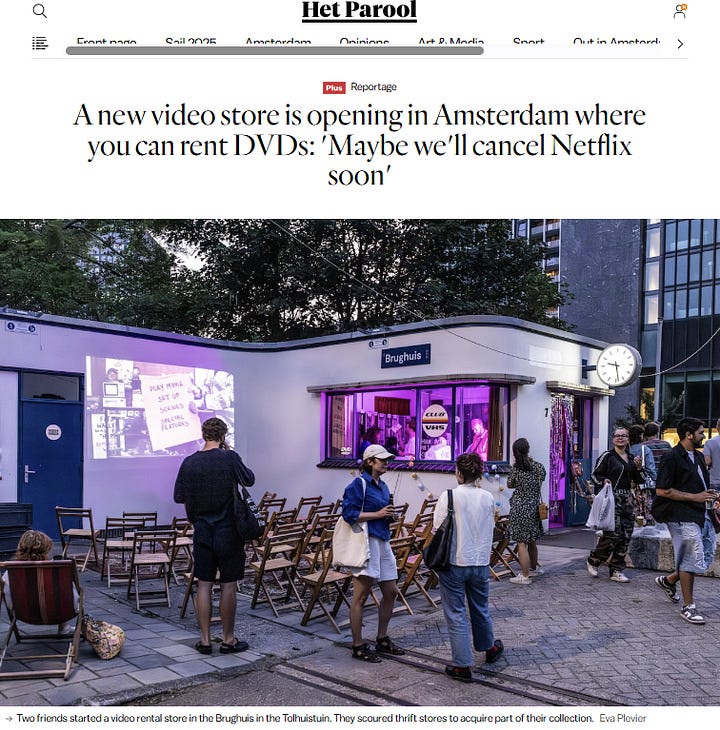
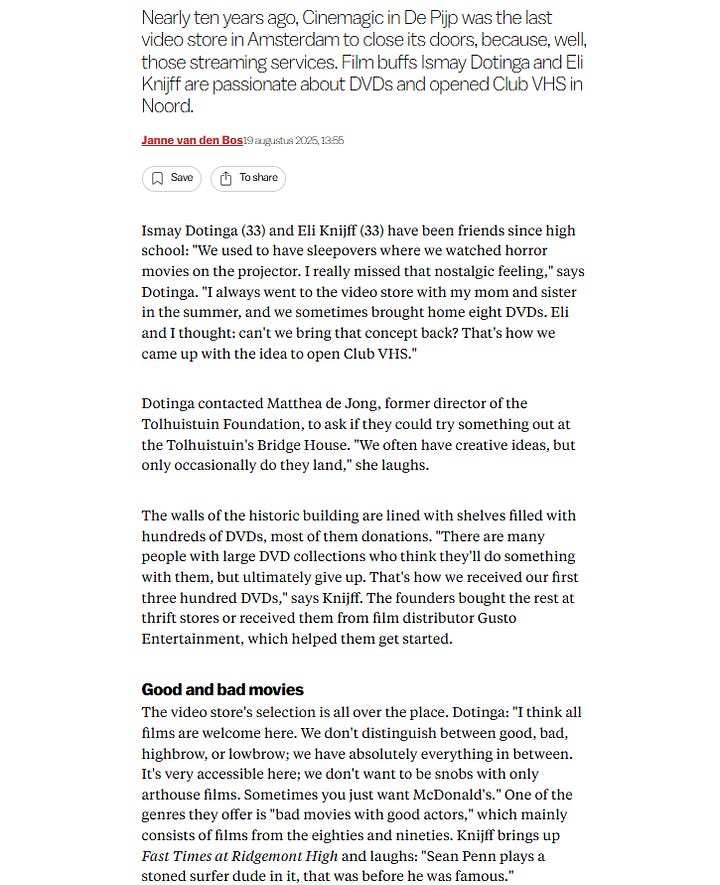
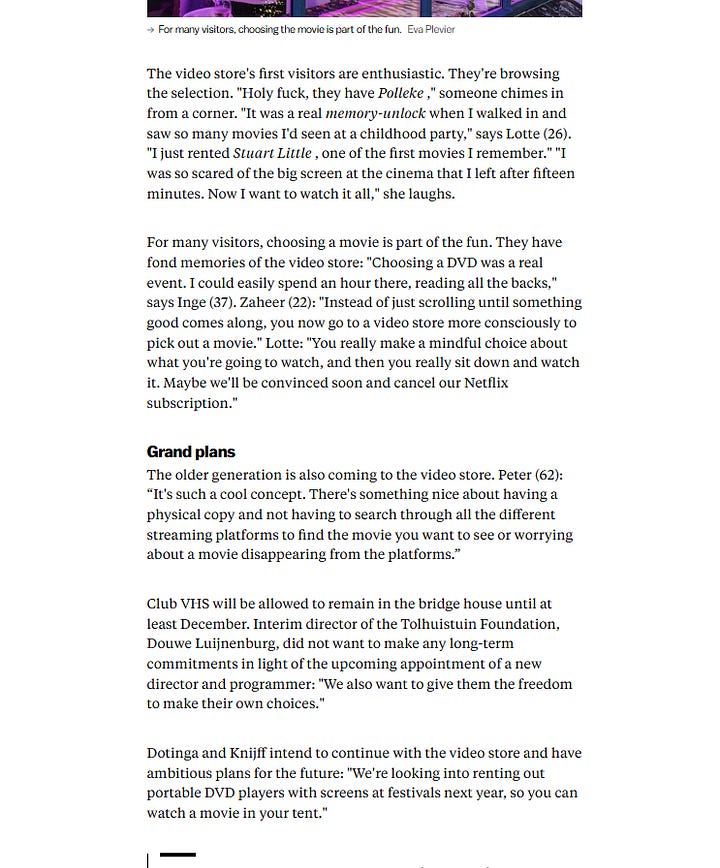

I remember when I was young, going to the “video store” in the village where I lived. Walking around the shop for half an hour or so, carefully selecting the best possible movie — it had a special feeling! And when you returned the video, you sometimes got a fine because you forgot to “rewind the tape” 😂.
Now, apparently, in Amsterdam the video store is making a comeback. Retail goes into rewind. I translated the news article from screenshots with Google Translate.
Details and original article (Dutch only) https://www.parool.nl/kunst-media/in-amsterdam-opent-weer-een-videotheek-waar-je-dvd-s-kunt-huren-misschien-zeggen-we-straks-netflix-wel-op~bb0ae520/
🇦🇪 Dubai Airport: new AI corridor & Aviation Experience
As you know by now, I’m a big aviation and airport fan. For many reasons, but one of them is my passion for “customer experiences.” Airports are fascinating: they collect massive amounts of data from airlines, passengers, and countless airport systems. With so many data points inside an airport, there are endless opportunities to improve the customer experience.
If you want a glimpse into the future, check out what DBX is now offering: the AI checkout corridor. That makes a difference!
It is currently in trial phase. Once fully implemented, including for arrivals, travellers will be able to pass through immigration as if walking down any other corridor.
I often try to explain to people how aviation, airports, and retail in Asia (and the Middle East) are now so much better than in the West. Many don’t believe me, but recently an article on this very topic was published in The Telegraph. It’s all about the experience and putting customers and passengers first.
AirAsia’s meals have proved so popular that the airline now sells its signature dishes – nasi lemak, green chicken curry and pad thai egg wraps – on the ground in Santan restaurants across Malaysia
Thailand’s airports might not be quite as advanced – although Bangkok Suvarnabhumi is slowly rolling out facial recognition – but you can still enjoy a 30-minute pre-flight massage in Chiang Mai’s departure lounge for less than £5, or play a round of golf on an 18-hole course sandwiched between two live runways at Bangkok’s Don Mueang. Lights signal when golfers must pause to let planes land.
Details:
https://www.telegraph.co.uk/travel/advice/how-asia-perfected-the-art-of-air-travel/
🇮🇳 🇺🇸 Amazon vs Flipkart
Everyone knows Amazon, but few in the West know Flipkart. I like to follow news about Flipkart because they are so highly innovative, definitely worth keeping an eye on.
Flipkart is India’s largest e-commerce company, founded in the IT capital, Bangalore. What makes them stand out is how well they localize. For example (but not limited to): they were the first to offer more than 10 languages in India, they have built exceptional strength in logistics, especially in the last mile, and they stay very close to Indian culture, whether through the Diwali festival or by tapping into Bollywood for their campaigns.
One example you might remember from an earlier post is their -I think- brilliant and funny “snoring” campaign: https://www.crossborderalex.com/p/global-digital-marketing-and-retail-ed78
I share here this infographic, I found on LinkedIN that makes a brief comparison. Unfortunately not a comparison on localized features, but maybe I make such an infographic one day 😊. I really need to visit India in the near future, so many interesting things happening there!
🧐ChatGPT’s reranking model explained use it in your content strategy
This is a must read for every marketer/e-commerce specialist. It’s about how ChatGPT searches and that we, as e-commerce specialists, or marketers, can use to our advantage! Basically in very short:
ChatGPT prioritizes freshness. So update your content regularly and make sure it has timestamps.
Create content for users with multiple intents, as ChatGPT has a filtering system This intent detection system differentiates between users seeking definitions, tutorials, comparisons, or other specific information types.
Use industry specific terminology and explain it consistently. Because ChatGPT uses a system that recognizes and prioritizes domain-specific terminology, providing advantages to websites that consistently use proper industry language and define technical terms.
Details: https://ppc.land/chatgpt-configuration-files-reveal-sophisticated-search-ranking-mechanism/
Original author: https://metehan.ai/blog/chatgpt-5-search-configuration/
📅Digital out of home easy ad planner coming?
Yep, this has been missing. Now someone finally steps into this opportunity. I hope it works and rolls out globally!
Setting up a DOOH campaign isn’t as easy or intuitive as flipping on Google Search or other common ad platforms. Millions of advertisers that are on Google or Meta would never think to run DOOH – too complicated, irregular art and formats, too expensive, need I go on?
Which means that one big opportunity for DOOH is to simply be approachable to more small and local businesses.
😂Time for a laugh for us PPC fans
🇧🇩 Bangladesh: Will e-commerce be their next growth engine?
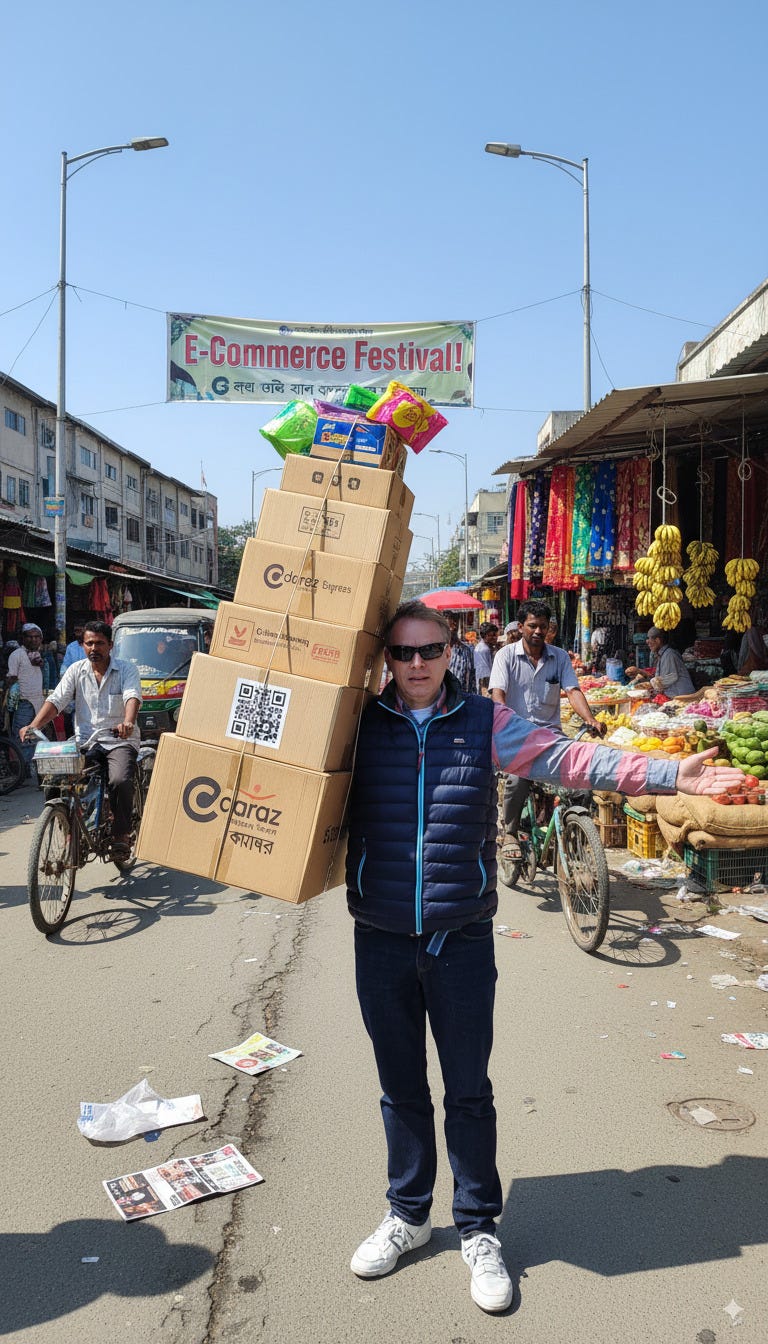
Now a country I have never been to, and also never wrote about on this substack, but also is high on my visit list. One reason is the e-commerce opportunities there.
Yet, online sales still account for only 3–5 percent of total retail —a reminder of both the immense opportunity ahead and the fragility of an industry still in its early stages.
The article mentions “Daraz” and that’s a company, origianally from the “Rocket Internet”stall. It’s a marketplace but they really do focus on teaching e-commerce. Very nice!
Through Daraz online learning platform provided by Daraz for its seller community, thousands of sellers—many from rural and semi-urban backgrounds—have been trained in digital literacy, marketing, and online operations. The platform has also invested heavily in technology, improving most user-friendly app performance, automated inventory management, and developing tools that make it easier for SMEs to sell online. Initiatives like Seller Connect and Early Bird programs, have further expanded opportunities for entrepreneurs.
Would be cool to help out in such a country training crossborder e-commerce someday!
The article written by the administrator of E-commerce association of bangladesh, Sayed Ali: https://www.thedailystar.net/supplements-0/news/e-commerce-can-be-bangladeshs-next-growth-engine-if-policy-keeps-pace-3971006
🍌Nano Banana: must see for all marketers, ad fans and e-commerce enthousiasts
The picture above of the previous topic, I made after watching this video, and I suggest you do too! What’s possible with Google’s new Gemini 2.5 Flash Image model (nicknamed “Nano Banana”) is really great. It can create ads and ad mockups so easily( use the prompt from the video), but also, say you want to sell t-shirts with a design online, you can create the design here much more easily, faster, and better than ever before. You can edit like Photoshop, but in natural language and even highlight places in a picture you want to edit. This is truly great for everyone but especially for SME’s or freelancers!
Check it out here: ai.studio/banana
🤖AI Evals the cheat sheet
“AI Evals” are very important for AI PMs and engineers so take advantage of this overview from Pawel. As a PM, your job is to bridge what AI can do with what users actually need. For example an AI tool that writes menu descriptions: in demos it looks perfect, but once live, owners complain it’s too fancy or mistranslates dishes. Unit tests would catch basic errors, human evals reveal tone issues, and A/B tests show which fixes drive adoption. That’s what this is about, and I think this overview can help follow the steps or explain it inside your organisation.
That’s about it for this edition. Email length nearly reached according to substack’s editor. Thank you for reading, see you next week, I already selected some great news articles for next edition. So rest me to say:
Warm greetings, connect via: Alex Baar
Or checkout my archive of previous newsletters if you want to read more :


